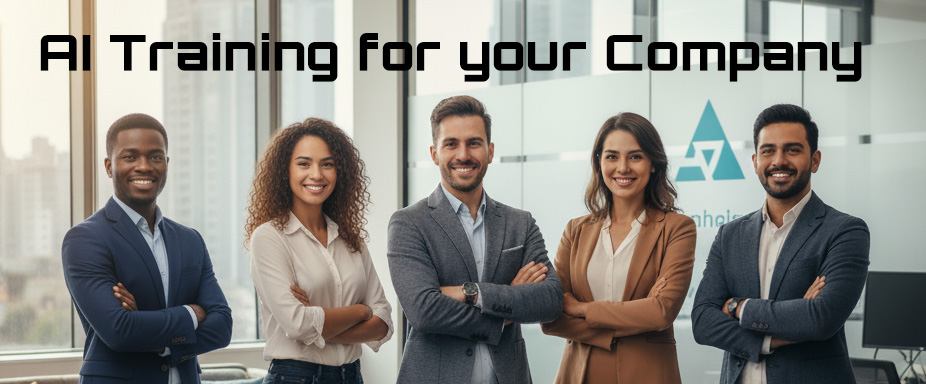The Ethics of AI: Balancing Innovation and Responsibility
Welcome to a new chapter, and perhaps the most important one in our entire journey. So far, we've been amazed by what AI can do. Now, we must ask a more profound question: just because we can do something with AI, should we?
This is the heart of AI ethics. It's a grand balancing act between the thrilling pace of innovation and the immense weight of responsibility. On one hand, AI offers breathtaking possibilities: curing diseases, solving climate change, and unlocking new frontiers of creativity. The push to innovate is a race to solve humanity's biggest problems.
On the other hand, every powerful technology carries risk. An AI designed to personalize content can also be used to manipulate opinions. An AI that can write code can also be used to create malicious software. The responsibility is to ensure that in our race to build a better future, we don't accidentally create new, unforeseen dangers. This isn't about stopping progress; it's about navigating it with wisdom and foresight.
The Two Sides of the Ethical Coin
The development of AI is a constant negotiation between two powerful, often competing, forces.
The Pull of Innovation
This is the drive to build more powerful, capable, and world-changing technology as quickly as possible.
- Goal: Solve major problems, unlock new markets, and push the boundaries of science.
- Motivation: The potential for immense positive impact, competitive advantage, and scientific discovery.
- Motto: "Move fast and build things."
- Risk: May overlook potential negative consequences in the race to be first.
The Weight of Responsibility
This is the duty to pause, reflect, and ensure that the technology we build is safe, fair, and beneficial for all humanity.
- Goal: Prevent harm, ensure fairness, protect privacy, and maintain human control.
- Motivation: A commitment to human values, social good, and long-term stability.
- Motto: "First, do no harm."
- Risk: An overly cautious approach could slow down progress that might save lives or solve urgent problems.
Concept Spotlight: Who is Responsible? A Shared Duty
So who is actually responsible for ensuring AI is ethical? The answer is that it's a shared responsibility among several groups:
- The Developers (Companies & Engineers): They are on the front lines. Their responsibility is to build safety and ethical considerations directly into the AI's design, to be transparent about its limitations, and to test it rigorously for potential harms before releasing it.
- The Policymakers (Governments): Their role is to create rules of the road—laws and regulations—that set clear boundaries for what is acceptable. They must protect citizens from harm without stifling beneficial innovation.
- The Public (All of Us): As users of AI, we have a responsibility to be critical thinkers. We need to understand the basics of how AI works, question the information it gives us, and advocate for the kind of AI-powered world we want to live in.
Ethical AI isn't a problem any single group can solve alone. It requires a constant, open dialogue between the creators, the regulators, and the public.
Key Concept: AI Agents: Augmentation or Replacement?
A core ethical debate around AI Agents centers on whether they take the human out of the loop. Are they here to augment our capabilities, or to replace us? Are they designed to help us make better decisions, or to make decisions for us? Are they meant to help us become more productive, or simply to be more productive than us?
Consider the difference. An AI agent that performs deep research is an incredibly useful tool that empowers us to learn faster. It's hard to imagine giving up such a powerful assistant. But what about a fully autonomous marketing agent, designed to completely replace the person in charge of marketing? This is where the dynamic shifts. Such an agent isn't augmenting human capability; it's simply taking a human's job. This highlights the central tension in AI development: are we building tools to help humanity, or are we building systems that make some human roles obsolete?
Visual Aid: Is AI Apocalipse Inevitable
Tristan Harris explores the 2 most probable paths that AI will follow, one leading to chaos and the other to dystopia. He explains how we can pursue a narrow path between these 2 undesirable outcomes. .
Quick Check
What is the fundamental conflict at the heart of AI ethics?
Recap: The Ethics of AI
What we covered:
- AI ethics is the critical challenge of balancing the drive to innovate with the responsibility to protect human values.
- The "pull of innovation" seeks rapid progress, while the "weight of responsibility" prioritizes safety, fairness, and preventing harm.
- This is a shared responsibility between AI developers, government policymakers, and the public.
Why it matters:
- This is arguably the most important conversation about technology in the 21st century. The ethical choices we make today will shape the world our children and grandchildren inherit.
Next up:
- We'll explore a fascinating and troubling aspect of AI ethics known as "The Black Box Problem."



